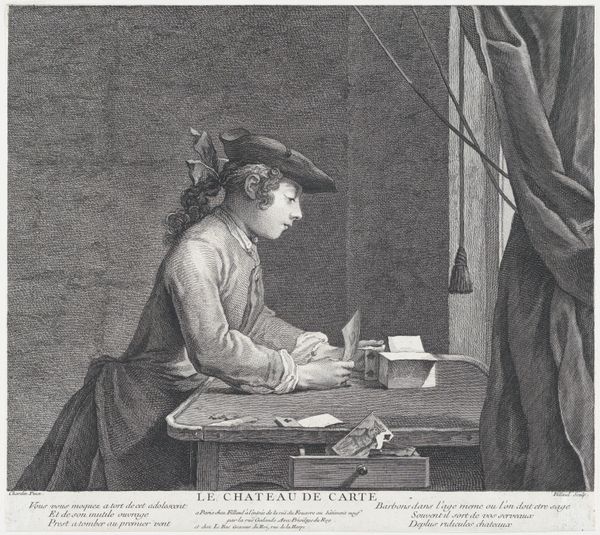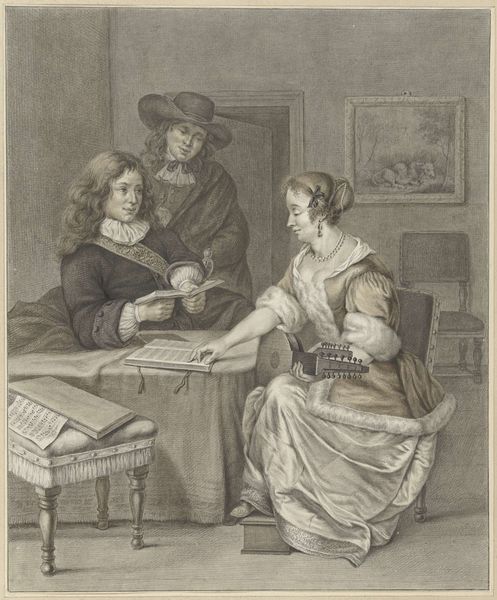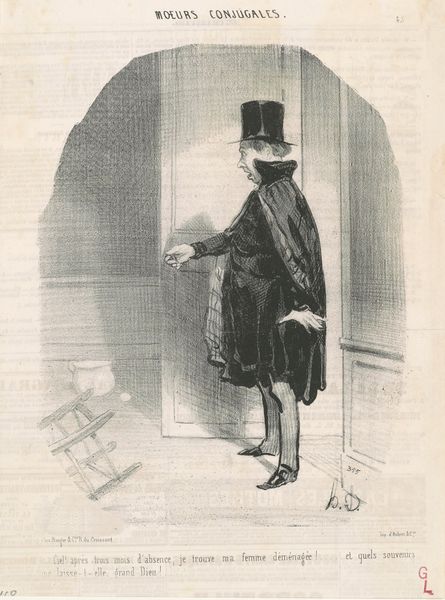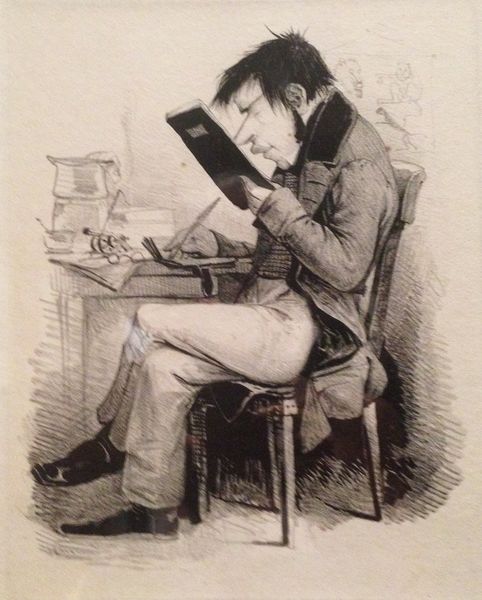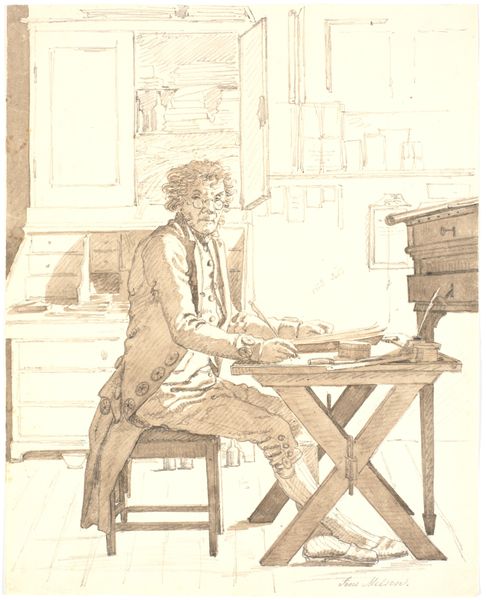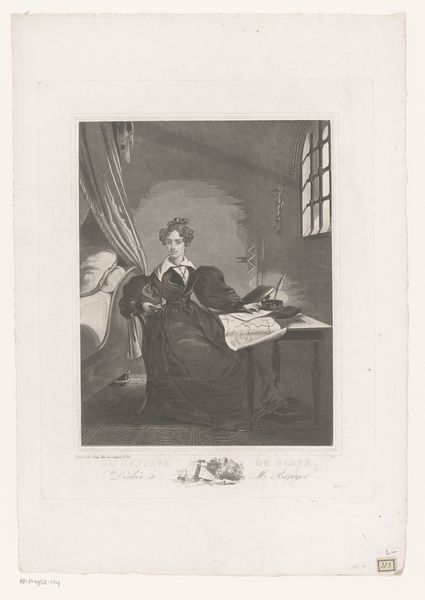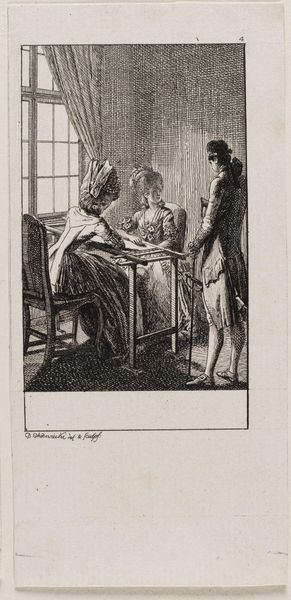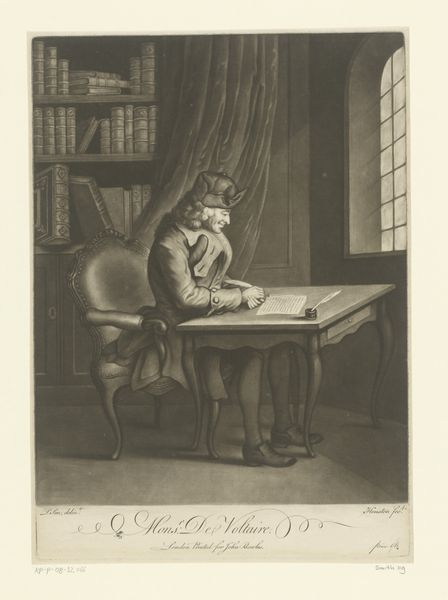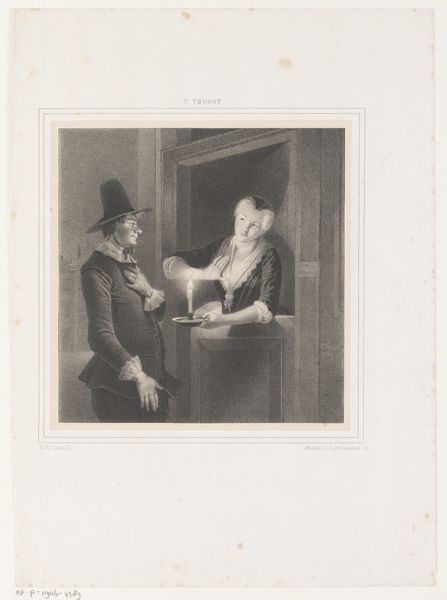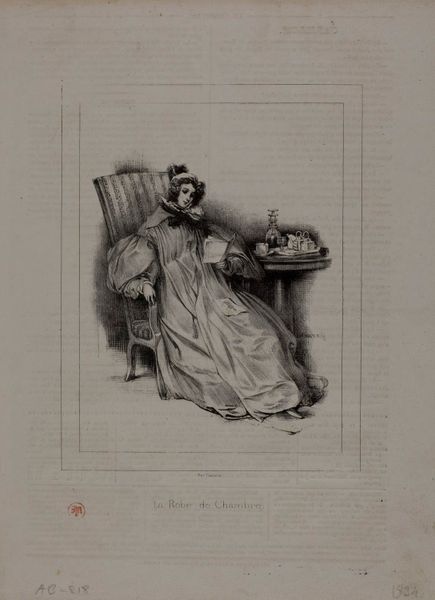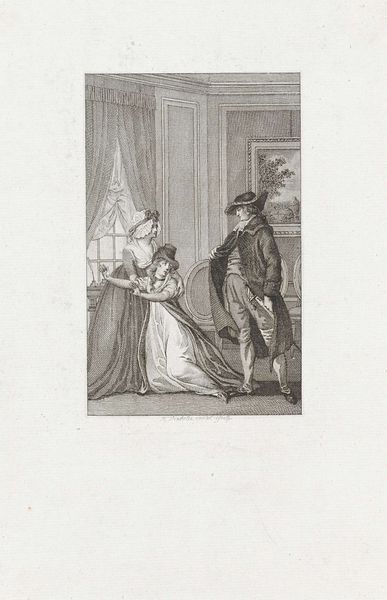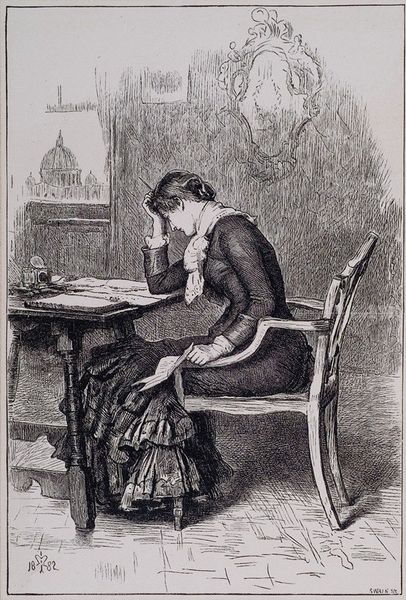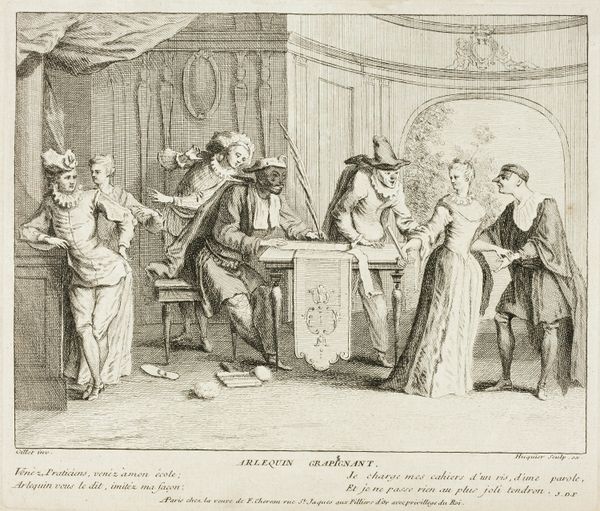
painting, oil-paint
#
portrait
#
painting
#
oil-paint
#
genre-painting
#
academic-art
#
rococo
Dimensions: 71.8 x 60.3 cm
Copyright: Public domain
Curator: Painted in 1737, this oil on canvas is titled "The House of Cards", and it is the work of Jean-Baptiste-Siméon Chardin. Editor: My initial thought is one of quiet concentration. There's a sense of delicate construction, both literal and perhaps metaphorical. The muted palette contributes to the overall atmosphere. Curator: Absolutely. Consider the means of its creation. Chardin was known for his deliberate approach to painting, layering thin glazes of oil to achieve a particular luminosity and texture. Think of the labour involved. It elevates what could be a mere genre scene into a meditation on craft itself. Editor: And on transience. Card games in art often symbolize fortune and folly. Notice the deliberate placement of each card, and their potential to collapse – reflecting human endeavours that are, ultimately, unstable. What meanings were evoked by cards at this time in French culture? Curator: These paintings, which depict everyday leisure activities of the bourgeoisie in the 18th Century, had considerable popularity on the market because many people could afford them. Editor: Also consider that there are different kinds of houses: the 'house' of aristocracy versus the rising 'house' of the bourgeoisie. Beyond mere leisure, what is the symbolism of the coin, a token of social climbing in an age preoccupied with financial stability? The youth's gaze downward seems to hold worry. Curator: True, there's that sense of precariousness inherent in this activity; a subtle comment on social mobility perhaps, crafted with the utmost attention to material detail. Each pigment carefully chosen and applied, each card carefully placed in the composition. Editor: This adds a layer of complexity to what appears, at first glance, as a simple genre scene, an illustration of the way that symbolism provides these works with staying power beyond just visual appeal. What stories will this particular symbolism tell us in future generations? Curator: A worthwhile reminder of how social standing can rest on a fragile structure of wealth and reputation. And the creation of that reality, and representation, requires tangible effort. Editor: Ultimately, art encourages us to ask, and keep asking questions, just like Chardin's symbolism of fortune continues to challenge and enrich how we see this young boy.
Comments
No comments
Be the first to comment and join the conversation on the ultimate creative platform.
